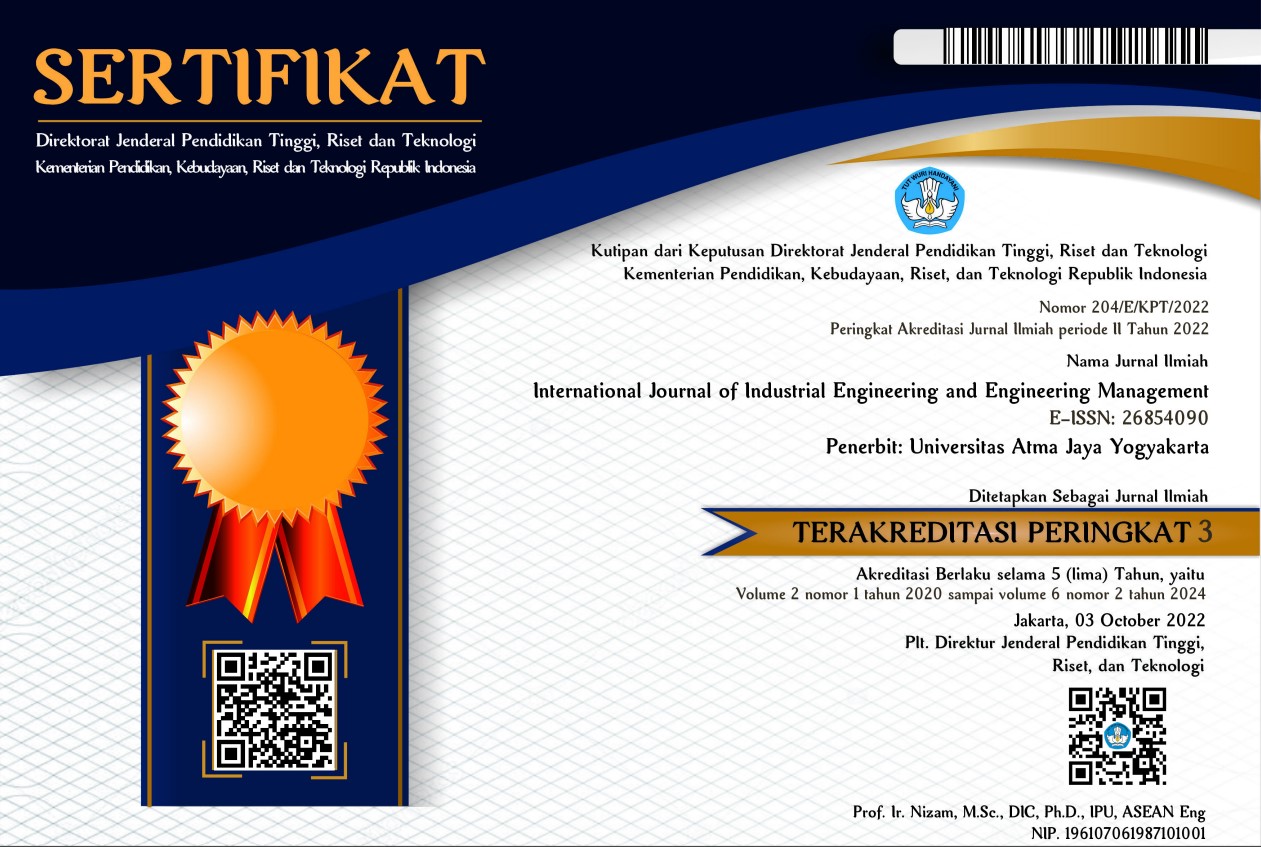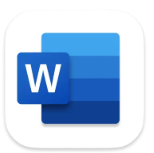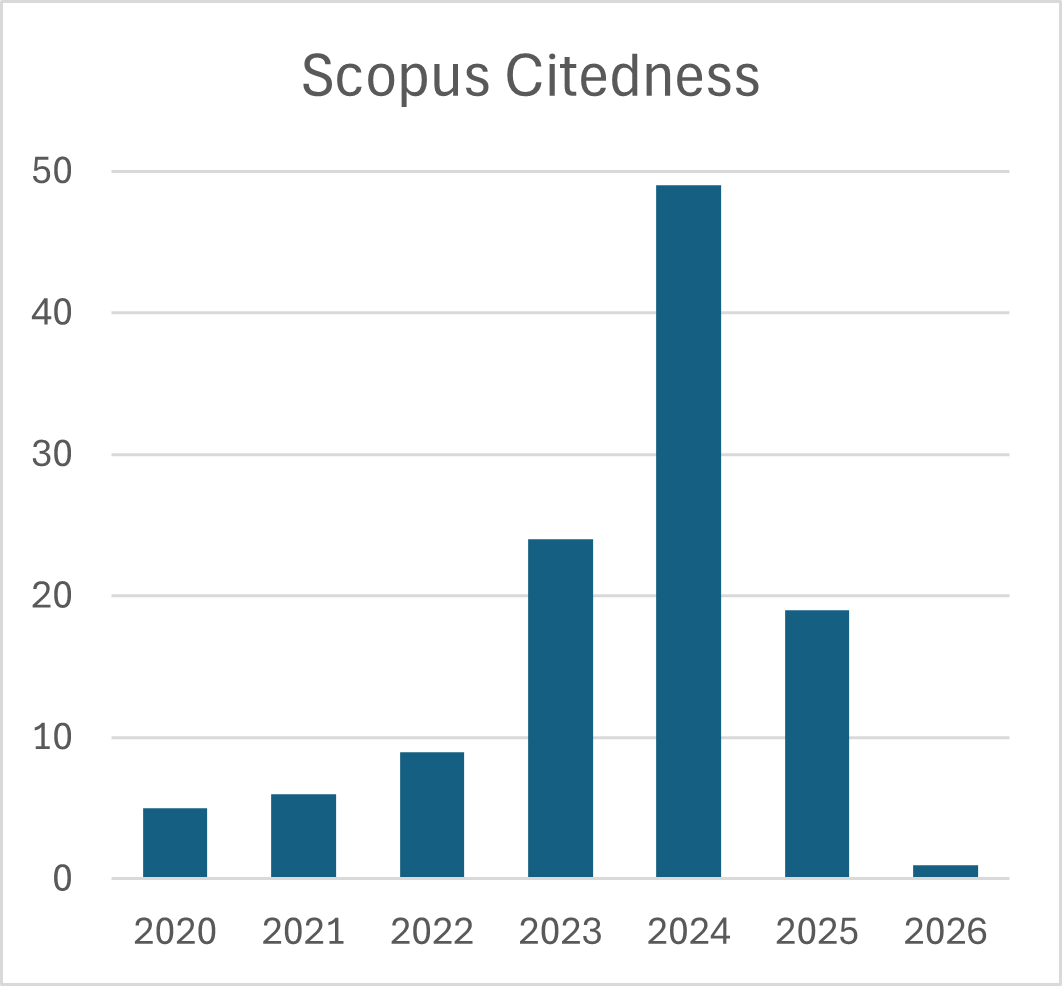Optimizing The Machining Process of IS 2062 E250 Steel Plates with The Boring Operation Using a Hybrid Taguchi-Pareto Box Behnken-teaching Learning-based Algorithm
DOI:
https://doi.org/10.24002/ijieem.v4i2.5820Keywords:
Optimization , Taguchi method, surface roughness, Box Behnken designAbstract
In this article, a new method termed the Taguchi-Pareto-Box Behnken design teaching learning-based optimization (TPBBD–TLBO) was developed to optimize the boring process, which promotes surface roughness as the output. At the same time, the speed, feed, and depth of cut are taken as the inputs. The case examines experimental data from the literature on the boring of IS 2062 E250 steel plates. The proposed method draws from a recent idea on the Taguchi-Pareto-Box Behnken design method that argues for a possible relationship between the Taguchi-Pareto method and the Box Behnken design method. This idea was used as a basis for the further argument that teaching learning-based optimization has a role in the further optimization of the established TPBBD method. The optimal solutions were investigated when the objective function was generated using the Box Behnken design in a case. It was replaced with the regression method in the other case, and the python programming codes were used to execute the computations. Then the optimal solutions concerning the parameters of speed, feed rate, depth of cut, and nose radius were evaluated. With the Box Behnken as the objective function for the TLBO method, convergence was reached at 50 iterations with a class population of 5. The optimal parametric solutions are 800 rpm of speed, 0.06 min/min of feed rate, 1 min for depth of cut, and 0 min for nose radius. On the use of the regression method for the objective function, while the TLBO method was deployed, convergence was experienced after 50 iterations with a class population of 200 students. The optimal parametric solution is 1135rpm of speed, 0.06 min/min of feed rate, 1024 min of the depth of cut, and 0.61 min of nose radius. The speed, depth of cut, and nose radius showed higher values, indicating the use of more energy resources to accomplish the optimal goals using the regression method-based objective function. Therefore, the proposed method constitutes a promising route to optimize further the results of the Taguchi-Pareto-Box Behnken design for boring operation improvement.
References
Abdallah, A., Rajamony, B., & Embark, A. (2014). Optimization of cutting parameters for surface roughness in CNC turning machining with aluminium alloy 6061 material. Optimisation, 4, 1–10.
Abdullahi, Y.U., & Oke, S.A. (2022). Optimising the boring parameters on CNC machine using IS 2062 E250 steel plates: Taguchi-Pareto-box Behnken design and Taguchi-ABC-box Behnken design perspectives. Engineering Access, 8(2), 219-241.
Abhishek, K., Datta, S., & Mahapatra, S. S. (2017). Optimisation of MRR, surface roughness, and maximum tool-tip temperature during machining of CFRP composites. Materials Today: Proceedings, 4, 2761–2770.
Abhishek, K., Kumar, V.R., Datta, S., & Mahapatra, S. S. (2017). Parametric appraisal and optimization in machining of CFRP composites by using TLBO (teaching–learning based optimization algorithm). Journal of Intelligent Manufacturing, 28, 1769–1785.
Abiola, I.T., & Oke, S.A. (2021). Performance evaluation of surface roughness in the boring operation of IS 2062 E250 plate on CNC machine using combined entropy-decision tree-VIKOR approach. Indonesian Journal of Industrial Engineering & Management, 2(1), 1-15.
Abiola, I.T., & Oke S.A. (2022). Fuzzy analytic hierarchy process and Markov-chain-WSM/WPM/WASPAS approach to solving the surface roughness problem in the boring of IS 2062 E250 steel plates on CNC machines. Indonesian Journal of Industrial Engineering & Management, 3(1), 47-71.
Aouici, H., Yallese, M. A., Chaoui, K., Mabrouki, T., & Rigal, J.F. (2012). Analysis of surface roughness and cutting force components in hard turning with CBN tool: Prediction model and cutting conditions optimisation. Measurement, 45, 344–353.
Bhopale, N. N., Nikam, N., & Pawade, R. S. (2015). Application of Teaching: Learning Based optimization to Surface Integrity Parameters in Milling. International Journal of Materials Forming and Machining Processes, 2, 1–16.
Dave, H. K. (2019). Optimisation of orbital electro discharge machining parameters using TLBO and PSO algorithms. International Journal of Modern Manufacturing Technologies, 11, 2067–3604.
Dikshit, M. K., Puri, A. B., & Maity, A. (2017). Optimisation of surface roughness in ball-end milling using teaching-learning-based optimisation and response surface methodology. Proceedings of the Institution of Mechanical Engineers, Part B: Journal of Engineering Manufacture, 231, 2596–2607.
Gadekula, R. K., Potta, M., Kamisetty, D., Yarava, U. K., Anand, P., & Dondapati, R. S. (2018). Investigation on parametric process optimization of HCHCR in CNC turning machine using Taguchi technique. Materials Today: Proceedings, 5, 28446–28453.
George, J., Manu, R., & Mathew, J. (2019). Multi-objective optimisation of roundness, cylindricity, and areal surface roughness of Inconel 825 using TLBO method in wire electrical discharge turning (WEDT) process. Journal of the Brazilian Society of Mechanical Sciences and Engineering, 41, 1–19.
Gupta, M.K., Mia, M., Pruncu, C.I., Kapłonek, W., Nadolny, K., Patra, K., Mikolajczyk, T., Pimenov, D.Y., Sarikaya, M. & Sharma, V.S. (2019). Parametric optimisation and process capability analysis for machining of nickel-based superalloy. The International Journal of Advanced Manufacturing Technology, 102, 3995–4009.
Hassan, K., Kang, A.S., Prakash, C., Singh G. (2022). Grey-based multi-objective optimisation of machining performance in boring of aluminium alloy 6061 through piezoelectric shunt damping. Materials Today: Proceedings, 50(5), 1043-1047.
Khan, M.D., Schaefer, D., & Milisavljevic-Syed, J. (2022). A review of distributed ledger technologies in the machine economy: challenges and opportunities in industry and research. Procedia CIRP, 107, 1168-1173.
Kumar, A., Mohanty, C. P., Bhuyan, R. K., & Shaik, A. M. (2020). Performance analysis and optimisation of process parameters in WEDM for Inconel 625 using TLBO couple with FIS. in Soft Computing for Problem Solving (893–905). Springer.
Kumar T.T., Peeraiah M., Sudhan S.M., & Reddy C. (2019a). Optimisation of machining parameters of stainless steel 410 for boring operation in a lathe based on GRA. Journal of Emerging Technologies and Innovative Research, 6(5), 231-240.
Kumar K.A., Ratnam C., Rao K.V. & Murthy B.S.N. (2019b). Experimental studies of machining parameters on surface roughness, flank wear, cutting forces and workpiece vibration in boring of AISI 4340 steels: Modelling and optimisation approach. SN Applied Sciences, 1(1), Article 26.
Kumari, S., Sonia, P., Singh, B., Abhishek, K., & Saxena, K. K. (2020). Optimisation of surface roughness in EDM of pure magnesium (Mg) using TLBO. Materials Today: Proceedings, 26, 2458–2461.
Lin, W., Yu, D. Y., Wang, S., Zhang, C., Zhang, S., Tian, H., Luo, M., & Liu, S. (2015). Multi-objective teaching–learning-based optimization algorithm for reducing carbon emissions and operation time in turning operations. Engineering Optimisation, 47(7), 994–1007.
Luthra, S., Mangla S.K., & Yadav, G. (2019). An analysis of causal relationships among challenges impeding redistributed manufacturing in emerging economies. Journal of Cleaner Production, 225, 949-962.
Mori, M., Ota, K., Matsubara, A., & Mizuyama, H. (2015). Design and formation of workforce skills for machine tool assembly. CIRP Annals, 64(1), 459-462.
Natarajan, E., Kaviarasan, V., Lim, W. H., Tiang, S. S., & Tan, T. H. (2018). Enhanced multi-objective teaching-learning-based optimisation for machining of Delrin. IEEE Access, 6, 51528–51546.
Pare, V., Agnihotri, G., & Krishna, C. (2015). Selection of optimum process parameters in high-speed CNC end-milling of composite materials using meta-heuristic techniques–a comparative study. Strojniski Vestnik-Journal of Mechanical Engineering, 61, 176–187.
Patel, G. M., Lokare, D., Chate, G. R., Parappagoudar, M. B., Nikhil, R., & Gupta, K. (2020). Analysis and optimisation of surface quality while machining high-strength aluminium alloy. Measurement, 152, Article 107337.
Patel, M., & Deshpande, V. (2014). Application of Taguchi approach for optimisation roughness for boring operation of E 250 B0 for standard IS 2062 on CNC TC. International Journal of Engineering Development and Research, 2(2), 2528-2537.
Patel, P., Nakum, B., Abhishek, K., Kumar, V. R., & Kumar, A. (2018). Optimisation of surface roughness in plasma arc cutting of AISID2 steel using TLBO. Materials Today: Proceedings, 5, 18927–18932.
Patil, A., Rudrapati, R., & Poonawala, N. S. (2021). Examination and prediction of process parameters for Surface roughness and MRR in VMC-five axis machining of D3 steel by using RSM and MTLBO. Materials Today: Proceedings, 44, 2748–2753.
Prakash, J., & Gopalakannan, S. (2021). Teaching-learning-based optimisation coupled with response surface methodology for micro electrochemical machining of aluminium nanocomposite. Silicon, 13, 409–432.
Qu, S., Wang, J., Govil, S., & Leckie, J.O. (2016). Optimised adaptive scheduling of a manufacturing process system with multi-skill workforce and multiple machine types: an ontology-based, multi-agent reinforcement learning approach. Procedia CIRP, 57, 55-60.
Rao, R. V., & Kalyankar, V. D. (2013). Parameter optimisation of modern machining processes using teaching–learning-based optimisation algorithm. Engineering Applications of Artificial Intelligence, 26, 524–531.
Rao, R. V., & Kalyankar, V. D. (2011). Parameters optimisation of advanced machining processes using TLBO algorithm. EPPM, Singapore, 20, 21–31.
Rao, K.V., & Murthy, P.B. (2018). Modeling and optimisation of tool vibration and surface roughness in boring of steel using RSM, ANN, and SVM. Journal of Intelligent Manufacturing, 29, 1533–1543.
Rao, R.V., & Kalyankar, V. D. (2012). Parameter optimization of machining processes using a new optimization algorithm. Materials and Manufacturing Processes, 27(9), 978–985.
Reslan, M., Last, N., Mathur, N., Morris, K.C., & Ferrero, V. (2022). Circular economy: a product life cycle perspective on engineering and manufacturing practices. Procedia CIRP, 105, 851-858.
Rudrapati, R., Sahoo, P., & Bandyopadhyay, A. (2016). Optimisation of process parameters in CNC turning of aluminium alloy using hybrid RSM cum TLBO approach. IOP Conference Series: Materials Science and Engineering, 149, Article 012039.
Sahu, N. K., & Andhare, A. B. (2015). Optimisation of surface roughness in turning of Ti-6Al-4V Using Response Surface Methodology and TLBO. International Design Engineering Technical Conferences and Computers and Information in Engineering Conference, 57113, V004T05A020.
Sharma, N., Ahuja, N., Goyal, R., & Rohilla, V. (2020). Parametric optimisation of EDD using RSM-Grey-TLBO-based MCDM approach for commercially pure titanium. Grey Systems: Theory and Application, 10(2), 231-245.
Sharma, M., Luthra, S., Joshi, S., & Kumar, A. (2021). Implementing challenges of artificial intelligence: Evidence from public manufacturing sector of an emerging economy. Government Information Quarterly, Article101624.
Singh, G., Pruncu, C.I., Gupta, M.K., Mia, M., Khan, A.M., Jamil, M., Pimenov, D.Y., Sen, B., & Sharma, V.S. (2019). Investigations of machining characteristics in the upgraded MQL-assisted turning of pure titanium alloys using evolutionary algorithms. Materials, 12, 999.
Suresh, P. V., Rao, P. V., & Deshmukh, S. G. (2002). A genetic algorithmic approach for optimisation of surface roughness prediction model. International Journal of Machine Tools and Manufacture, 42, 675–680.
Upadhyay, V.V. (2022). Comparative analysis for the Process parameters and their effect on Surface roughness and cutting force during machining of die steel by TLBO and GRA. International Journal of Mechanical Engineering, 7(1), 6077-6083.
Upadhyay, V., Jain, P. K., & Mehta, N. K. (2013). In-process prediction of surface roughness in turning of Ti–6Al–4V alloy using cutting parameters and vibration signals. Measurement, 46, 154–160.
Zain, A. M., Haron, H., & Sharif, S. (2010). Application of GA to optimize cutting conditions for minimizing surface roughness in end milling machining process. Expert Systems with Applications, 37, 4650–4659.
Downloads
Published
How to Cite
Issue
Section
License
Copyright (c) 2022 Yakubu Umar Abdullahi, Sunday Ayoola Oke

This work is licensed under a Creative Commons Attribution 4.0 International License.








